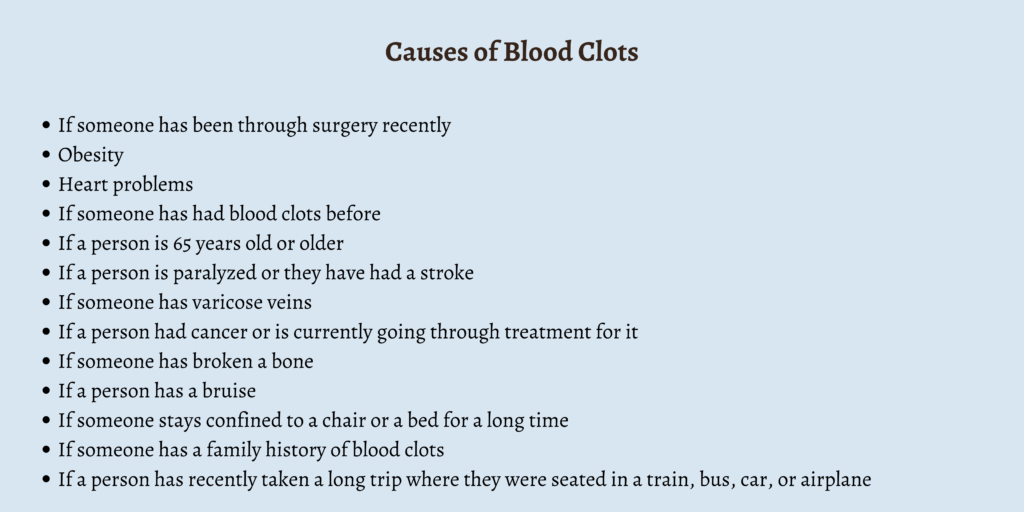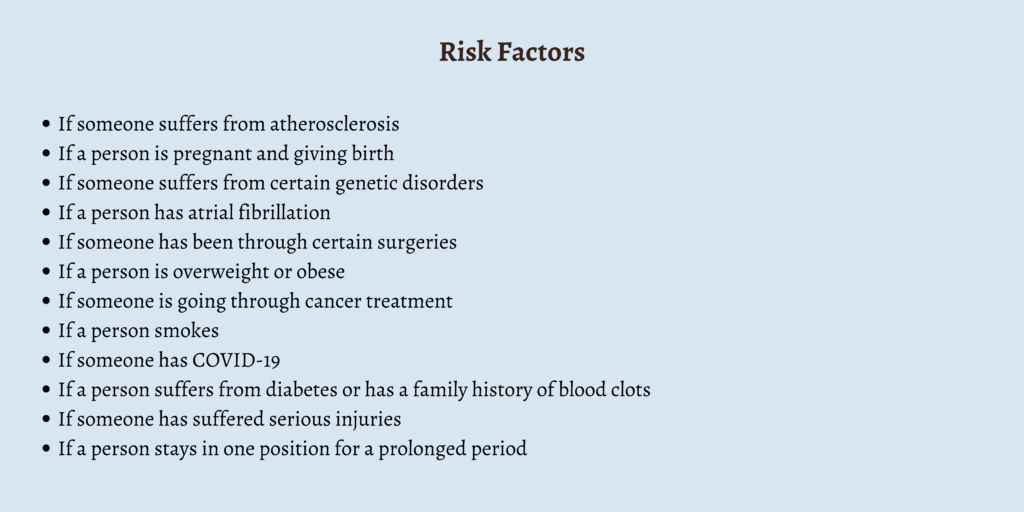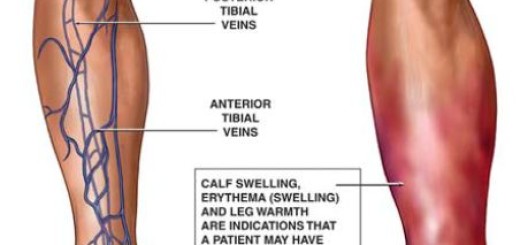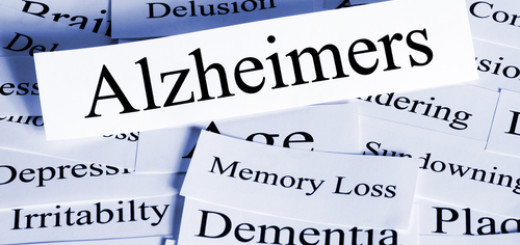First Aid for Blood Clot: 3 Effective Responses
Did you know in the United States, anywhere between 100,000 to 300,000 deaths occur every year due to blood clots? Yes, it’s true, with the number being higher than the total number of deaths that take place due to motor vehicle crashes, breast cancer, and AIDS combined.
Given that the number is this high, I think it’s important for everyone to understand how serious blood clots can be and how to treat them effectively. A blood clot is a mass of blood that develops when cells, proteins, and proteins present in the blood stick together.
Blood clots help in protecting a person from bleeding too much when a blood vessel in their body is injured. However, blood clots can also develop due to other reasons, especially if you suffer from certain medical conditions. In such cases, blood clots could be life-threatening and lead to symptoms.
If you didn’t think that blood clots could be dangerous, we’re here to talk everything about them today. In this article, we will be discussing the causes and symptoms of blood clots, how to treat and diagnose blood clots, risk factors related to blood clots, and how to prevent them.
Causes of Blood Clots

Blood clots can form if a person doesn’t move around too much. Some of the other causes of blood clots include:
- If someone has been through surgery recently
- Obesity
- Heart problems
- If someone has had blood clots before
- If a person is 65 years old or older
- If a person is paralyzed or they have had a stroke
- If someone has varicose veins
- If a person had cancer or is currently going through treatment for it
- If someone has broken a bone
- If a person has a bruise
- If someone stays confined to a chair or a bed for a long time
- If someone has a family history of blood clots
- If a person has recently taken a long trip where they were seated in a train, bus, car, or airplane
Symptoms of Blood Clots
The symptoms of blood clots vary based on the location.
If they are in the abdomen, the symptoms could be:
- Vomiting
- Nausea
- Abdominal pain
If they are in the leg or arm, the symptoms could be:
- Warmth
- Tenderness
- Swelling
- Gradual or sudden pain
If the blood clot is in the heart, you could have the following symptoms:
- Pain in the left arm
- Shortness of breath
- Sweating
- Chest pain
If you have a blood clot in your lungs, you could experience these symptoms:
- Increased heart rate
- Rapid breathing
- Shortness of breath
If the blood clot is located in the brain, these could be the symptoms:
- Sudden severe headache
- Weakness on one side of the body
- Seizures
- Vision issues
- Trouble speaking
Risk Factors

The risk of developing a blood clot increases under the following circumstances:
- If someone suffers from atherosclerosis
- If a person is pregnant and giving birth
- If someone suffers from certain genetic disorders
- If a person has atrial fibrillation
- If someone has been through certain surgeries
- If a person is overweight or obese
- If someone is going through cancer treatment
- If a person smokes
- If someone has COVID-19
- If a person suffers from diabetes or has a family history of blood clots
- If someone has suffered serious injuries
- If a person stays in one position for a prolonged period
How to Diagnose Blood Clots
If you suspect you have blood clots, you need to visit a healthcare provider immediately. Upon your visit, they will conduct a physical examination, ask for your medical history, and ask you about the symptoms you have been experiencing.
They could ask you to go through some blood tests, such as a D-dimer test. Imaging tests may be involved as well, including:
- Ultrasound
- CT scan
- X-rays of the blood vessels or veins
How to Treat Blood Clots
The treatment for a blood clot depends on its location and severity. Some of the treatment options could include:
- Medicines known as blood thinners or anti-thinners that prevent the formation of blood clots. If the clotting is severe, you could be given thrombolytics, which are a group of medicines that aid in dissolving the blood clots that are already present.
- A person might also have to go through surgery and other procedures so as to have the blood clots removed. Surgical thrombectomy could be recommended if the blood clot is large or if it leads to severe tissue injury.
- One could use compression stockings as these tight-fitted stockings help in providing the pressure needed to reduce the swelling in a person’s legs or arms and prevent the formation of blood clots.
How to Prevent Blood Clots
Listed below are some of the ways in which you can prevent blood clots:
- If you have been confined to your bed due to reasons such as injury, illness, or surgery, then try to move around as soon as possible once that confinement period is over.
- Maintain a healthy weight.
- Give up smoking.
- Put on compression stockings when you take a long flight or after you have surgery.
- Get up and move around every couple of hours if you have to sit for long periods, such as during a car trip or a long flight.
- Stay hydrated.
- Participate in regular cancer screenings.
FAQs
What is the cause of blood clots?
Blood clots can be caused due to various medical conditions, such as obesity, high cholesterol, diabetes, cancer, and hypertension.
How to treat a blood clot?
In order to prevent the formation of blood clots or prevent them from getting bigger, people could often be prescribed blood-thinning medications. Thrombolytic medications can aid in breaking up any existing blood clots.
What are the first signs of a blood clot?
Some of the first signs of a blood clot are discolored or red skin on the leg, pain with deep breathing, shortness of breath that cannot be explained, and tenderness or pain in the leg, which is usually only felt while walking or standing.
Who is at risk of blood clots?
Blood clots can affect anyone at any given age, but there are some people who are at greater risk of them, such as cancer patients, pregnant women, those who have been through surgery, people with a family history of blood clots, and so on.
Can a blood clot heal naturally?
Usually, a blood clot dissolves naturally once a wound has healed. However, at times, a blood clot forms on the inside of the vessels without any injury or does not dissolve on its own. Such cases require immediate diagnosis and treatment.
Are blood clots painful?
A blood clot can be painful, yes, because one of the symptoms of a blood clot is cramping or throbbing pain.
Conclusion
On the one hand, blood clots help control bleeding, whether it results from a serious injury or something minor like a paper cut. On the other hand, it could be life-threatening if it prevents blood from flowing through your body.
While blood clots could happen due to several reasons, in some cases, they are unavoidable, such as if you have a genetic condition which amplifies your chances of developing a blood clot.
If you are concerned about developing a blood clot, it’s important to discuss this with your healthcare provider immediately so that they can check your overall health condition. They will also recommend ways in which you can reduce the chances of developing them.





